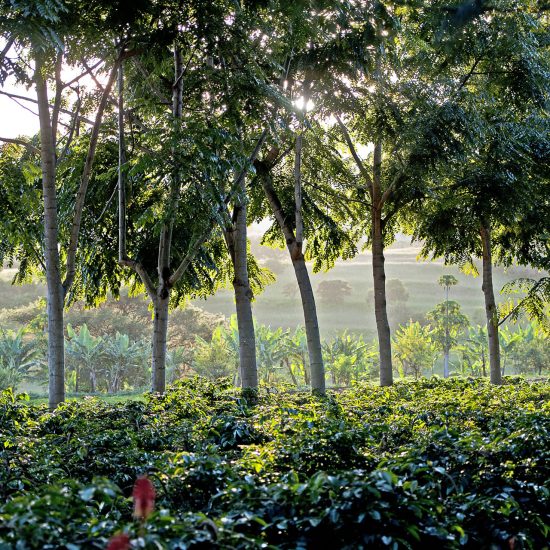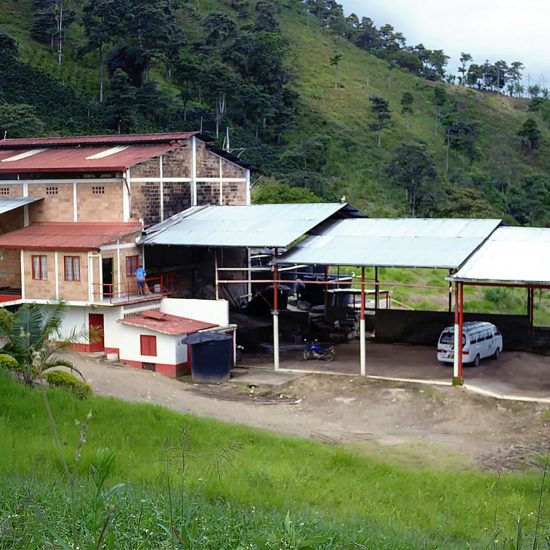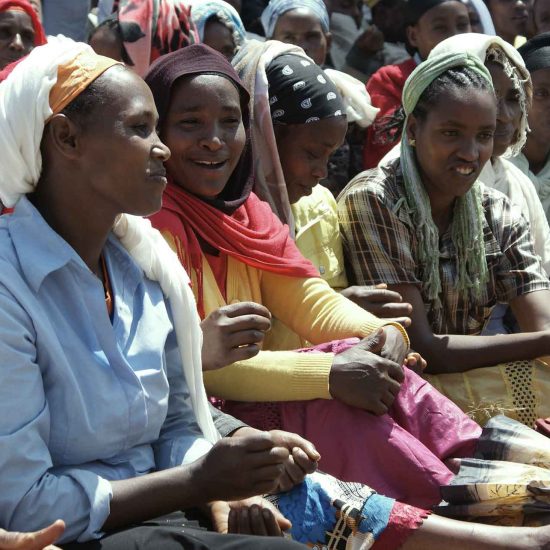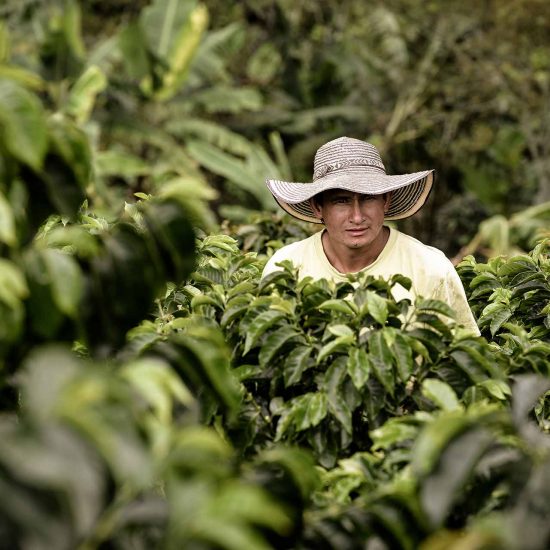21 May 2020
WHY THERE’S MUCH MORE TO PICKING NESPRESSO’S COFFEE CHERRIES THAN YOU THOUGHT.
Harvesting coffee is either done by hand or machine, depending on a farm’s size and terrain. But it’s not as easy as it may sound — coffee cherries on the same branch ripen at different times, which can make things tricky.
Want to know more? Below we reveal the curious ins and outs of harvesting.
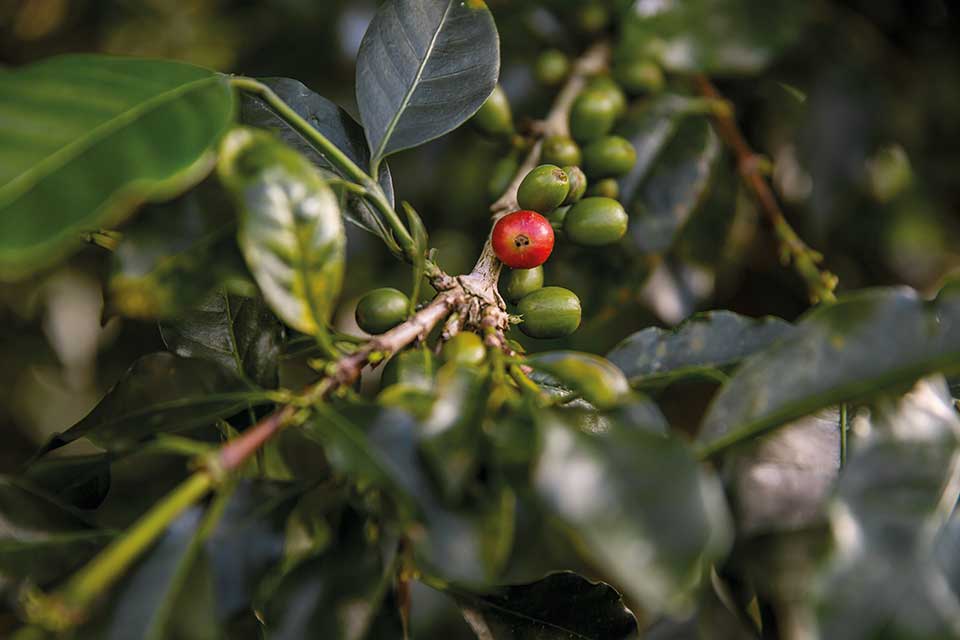
It’s easy to tell when a coffee cherry is ripe and ready to be harvested – it’s bright red. If it’s green, you’re too early, and if it’s black, you’ve waited too long. We train the farmers to ensure they always pick ripe cherries.
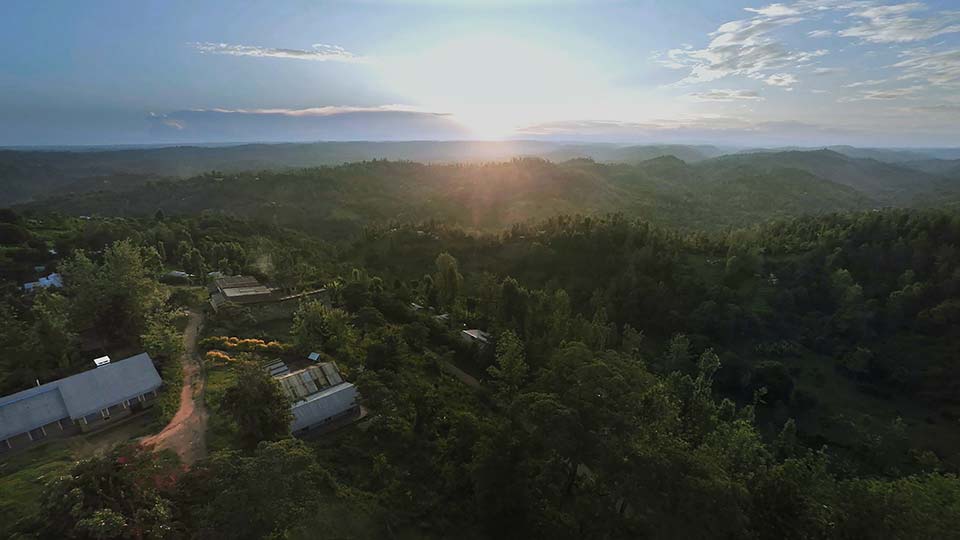
Certain countries, such as Kenya, have two crops (a main crop and a fly crop) so they have two harvests a year. That means, more coffee. Lucky them; lucky us.
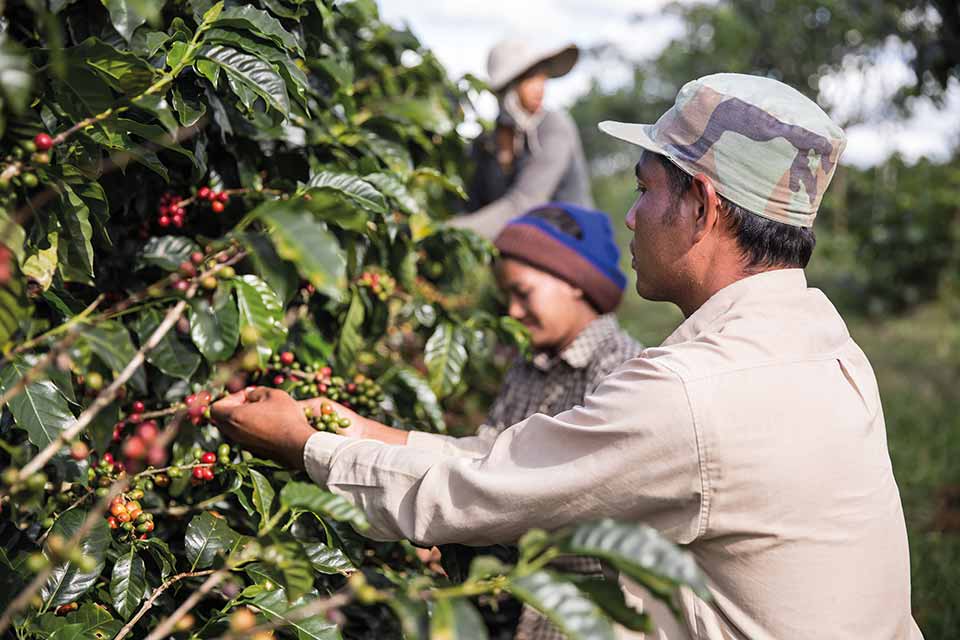
Farmers hand-harvest most of the cherries for our Grands Crus as they usually ripen at different rates on the same branch. It takes three to five trips to pick them all from coffee trees, as so many have to be left to mature.
It’s easy to tell when a coffee cherry is ripe and ready to be harvested – it’s bright red. If it’s green, you’re too early, and if it’s black, you’ve waited too long.
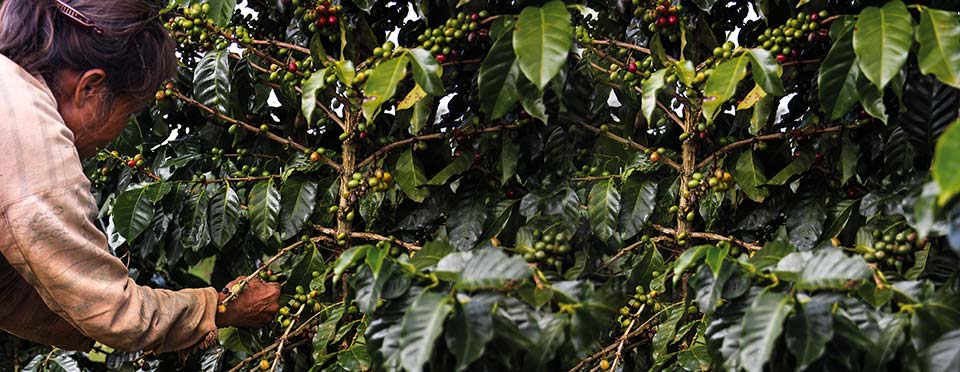
“Stripping” is another method of harvesting. Pickers slide their hands along the branches and strip the trees of both ripe and unripe cherries, which fall onto tarpaulin underneath the tree. The fruit is then meticulously sorted in a machine or by hand as even a few unripe beans can affect the taste of the coffee.
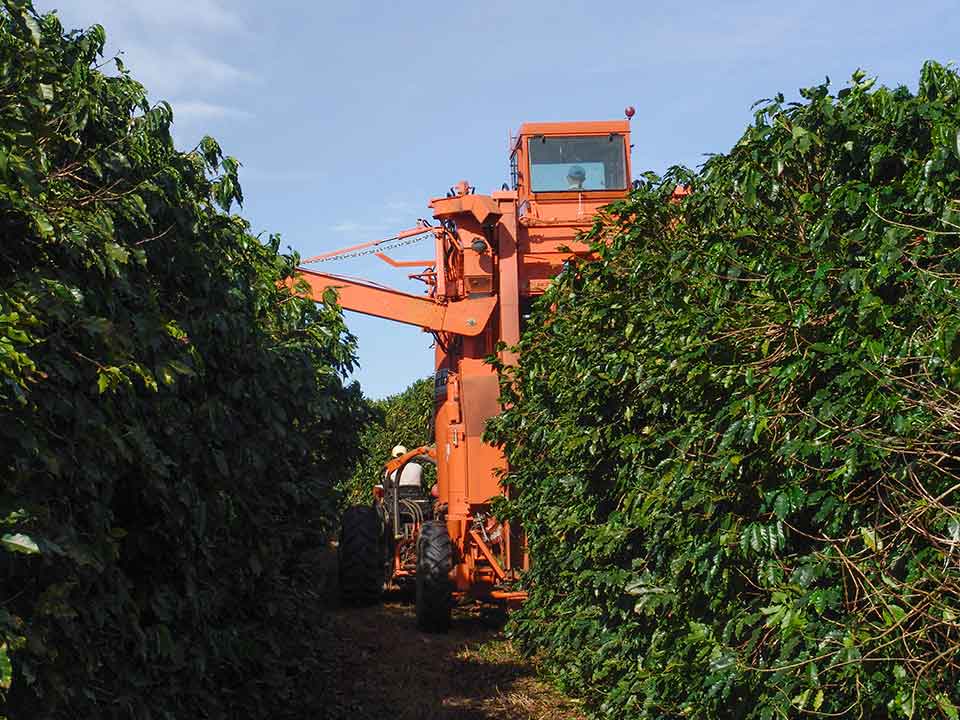
In countries like Brazil, which have very large plantations and the land is flat, a machine is used for harvesting. It’s driven over each tree and shakes the branches so the fruit falls off. The cherries are then sorted in other machines which weed out the green ones.
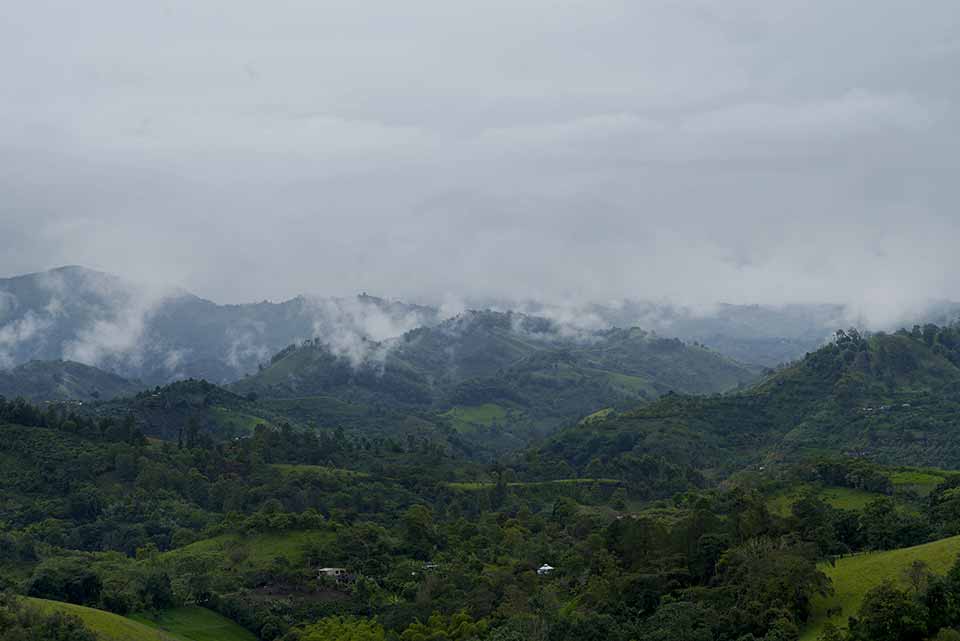
Harvest time doesn’t necessarily mean amazing weather. In fact, you’ll need an umbrella in the Espírito Santo region of Brazil’s subtropical north where it rains heavily in July, just when the Conilon we use for our Kazaar coffee ripens. As the farmers can’t dry the cherries in the sun, they use a machine set to a low temperature – and indirect heat – so as not to damage the beans.
Harvesting by hand is often the preferred method in areas with steep slopes or tough terrain that make it hard for machines to access.
An awful lot goes into harvesting our coffees — and quite right too. It’s one of the reasons we think they taste so good.
Related Articles
Let us bring the Nespresso Professional Coffee Experience to you
Recharge without charge. Book a free Nespresso Professional ‘coffee morning’ (or afternoon) to discover the benefits that premium coffee can bring to your business.
Book Now

